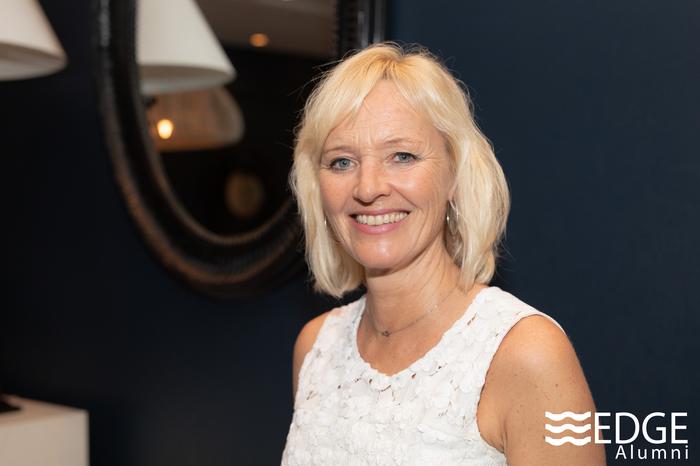C.U.S.T.O.M.E.R: The new paradigm for doing business – Part #4: Tribal
- 11 March, 2019 12:29

At the recent EDGE Alumni breakfast, hosted by ARN, the leading voice in customer centricity and digital transformation, Nancy Rademaker, spoke about how the changing profile of consumers – their changing tastes, behaviours and attitudes – is disrupting incumbent businesses.
“Customer characteristics have changed,” Rademaker said, as she outlined the acronym C.U.S.T.O.M.E.R, which highlights eight shifts in consumer perception and behaviour that businesses need to adapt to in order to retain their competitive edge.

T is for “Tribal”
If you want to succeed in China – the world’s largest market by population count – then you need to know about PARKLU, a platform that gives brands access to the top influencers in China, so the influencers can then talk about the brand to their audience. When trying to reach such a market, advertising and other traditional marketing techniques are irrelevant (particularly for outside and new brands). Customers now trust the influencer not the brand.
As noted in the previous article, consumers are becoming more self-centred, but they are also becoming more deeply engaged with small groups – or “tribes”– than ever before. The hyperconnectivity offered by social media has allowed consumers to find peers with similar interests. Within those tribes influencers arise – popular and respected voices of that tribe’s opinions.
“These tribes connect because they have similar ideas and their own sense of what the rules should be on interacting with them,” Rademaker said. “Companies that think they can apply their rules and ways of doing business on to the tribes are wrong.
“Understanding the tribal dynamics is important because companies need to recognise that consumers don’t trust the brand any more – they trust their peers much more than the brands.”
The most obvious example of tribal dynamics in action – and how businesses can adapt – can be seen in the user ratings of Google Search, TripAdvisor, Amazon and other platforms. Where previously a company could buy positive spin in glossy magazines and other traditional media, now it needs to invest more time and energy in managing its social media presence – and paying attention to what customers are saying about it.
This applies in the business world, too. Channel organisations need to be aware of how their brands are aligned with the interests of the business community tribes – how the vendors that they represent are perceived, and how well regarded they are by business influencers.
Part five in the breakdown of the new C.U.S.T.O.M.E.R paradigm continues in the next article.
Or, take a look back and see what S stands for in the series.


